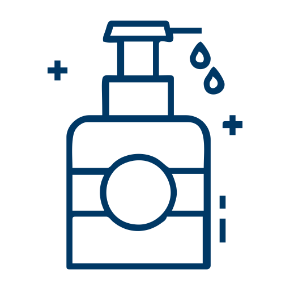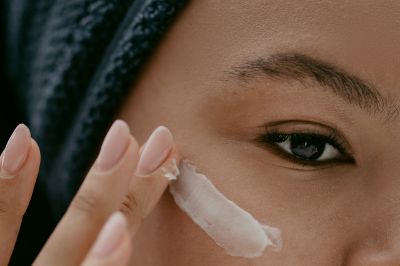Your skin is unique. Just because a product works for someone else is no guarantee you will see the same results. Customizing your skincare routine for your particular needs will offer the biggest benefits to your skin, but that process starts with one simple question: What is my skin type?
What Is My Skin Type? Choose the Right Care for Your Skin
Crafting a routine that brings you your happiest skin will inherently take some trial and error. However, if you have tried a variety of products only to be left with skin that feels irritated, shows visible signs of breakouts or just looks less than healthy, it's time to take a closer look at your skin type.
Here's how to recognize your skin type and choose the best products to fit it.
Dry Skin
All skin types can experience dryness. Regardless of your skin type, skin can also become more dry as you age. The difference is that while other skin types might feel dry due to seasonal changes, low humidity or certain products, those with a dry skin type deal with it all the time.
If you have been piling on the moisturizer to no avail, try taking a closer look at the ingredients in your routine as a whole. Avoid drying ingredients or harsh formulations that strip the skin of oil, as they run the risk of further drying out already parched skin. Instead, try formulations designed for sensitive and dry skin, such as a milk cleanser made with moisturizing oils, to leave your skin feeling clean, soft and comfortable.
Oily Skin
This skin type tends to look shiny, and you might see more breakouts than those with dry skin. Climate, genetics, age and diet may all increase the oil content of skin, but oily skin types in particular struggle to stay matte. One common mistake many make when dealing with oily skin is attempting to strip the skin of its natural oils. This causes the skin to ramp up oil production in response — resulting in even oilier skin and more opportunities for breakouts to form.
Even oily skin needs proper moisture. It's all about balance: A facial cleanser that combines oil-absorbing clay with lightly hydrating ingredients will clear away dirt, makeup and debris without stripping the skin. It is also recommended to regularly do face masks to control the sebum level.
Combination Skin
This skin type can be a bit trickier, as this skin type is a patchwork of both dry and oily areas. Usually, combination skin is oily in the T-zone (the forehead, nose and chin) and driest on the cheeks. Try using different skincare products on different areas of the face — such as a richer, more moisturizing cream on the cheeks and a lighter moisturizer in the T-zone. Skincare for combination skin should also start with a nourishing cleanser that exfoliates the skin while still leaving it feeling comfortable. Look for product formulations that balance pH to condition the skin.







